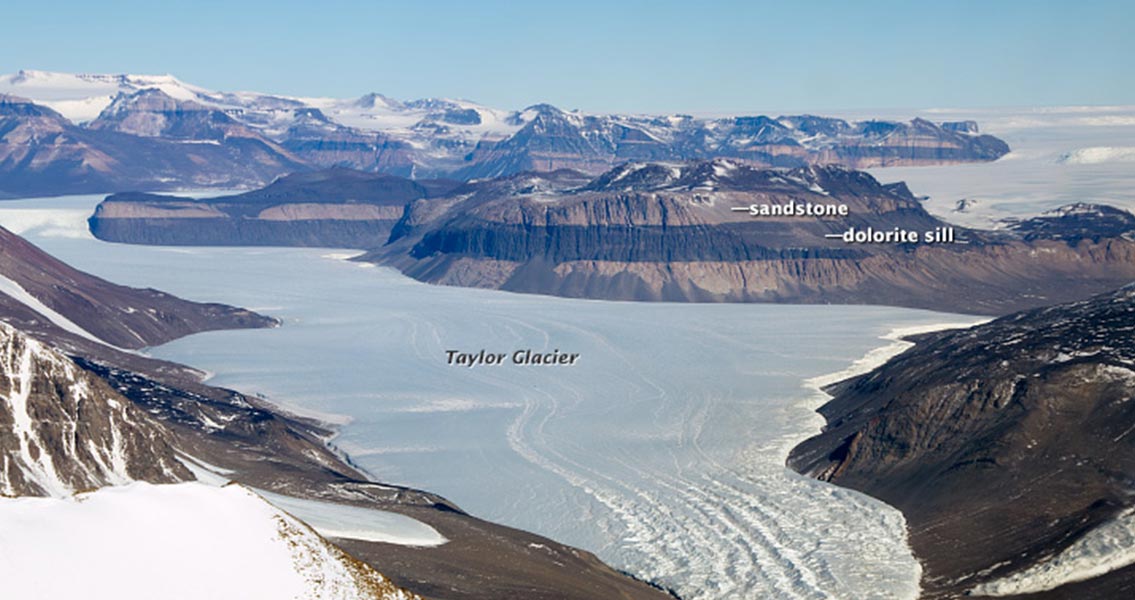<![CDATA[A recent study funded by the U.S. and Swiss National Science Foundations has found that nitrous oxide (N2O) levels rose significantly during the end of the last Ice Age. The study focused on nitrous oxide levels in the Taylor Glacier in Antarctica from around 16,000 to 10,000 years ago, and could shed some light on current issues involving global warming. Nitrous Oxide is a chemical found in dentist's offices (laughing gas), as an oxidizer in the launching of rockets and also in racing cars to boost an engine's output levels. It is, however, also produced by land and marine microbes during natural processes; which are enhanced by modern human activity. Too much nitrous oxide in the atmosphere can be indicative of global warming and other problems with serious consequences for life on Earth. The study, which will be published in the journal Nature later this week, was executed by extracting and studying ice from the surface of the glacier. Scientists were able to utilise the Taylor Glacier's unique configuration to their advantage. In the Taylor Glacier, older ice is pushed to the top of the ice cap as new ice forms at the bottom. This process allowed the researchers to study the ice from the surface, instead of being forced to drill deep within the glacier for samples. Overall, the study's findings indicated a 30% rise in atmospheric nitrous oxide levels over the 6,000 year period. Oregon State palaeoclimatologist Edward Brook, who lead an American research team in the study, described its purpose. "Warming makes terrestrial microbes produce more nitrous oxide," he stated, "Greenhouse gases go up and down over time, and we'd like to know more about why that happens and how it affects climate." The study's lead author and one of Brook's researchers, Adrian Schilt, who now works at the Oeschger Centre for Climate Change Research at the University of Bern in Switzerland, divulged some of the implications of the study's findings. "The end of the last ice age," Schilt stated, "represents a partial analogy to modern warming and allows us to study the response of natural nitrous oxide emissions to changing environmental conditions." Schilt continued, "this will allow us to better understand what might happen in the future." Schilt also noted "that marine and terrestrial sources contributed about equally to the overall increase of nitrous oxide concentrations and generally evolved in parallel at the end of the last ice age." However, there were some differences between the two lines of production. Schilt notes, "Our data showed that terrestrial emissions changed faster than marine emissions, which was highlighted by a fast increase of emissions on land that preceded the increase in marine emissions," before concluding, "It appears to be a direct response to a rapid temperature change between 15,000 and 14,000 years ago." According to the researchers, the study's findings should continue to produce useful information regarding the earth's past and its future for scientists to utilise. Hopefully, it will demonstrate the planet's resilience to adverse global changes.]]>
Nitrous Oxide Levels Rose Significantly During the End of Earth's Last Ice Age
